"Saint Padre Pio, beloved servant of God, help us to grow in faith, hope, and love. Intercede for us before God, that we may find strength in our trials, comfort in our suffering, and peace in our hearts. May your example of holiness inspire us to live faithfully. Through your intercession, may we receive the grace we seek. Amen."
ST. PADRE PIO
ST. PADRE PIO
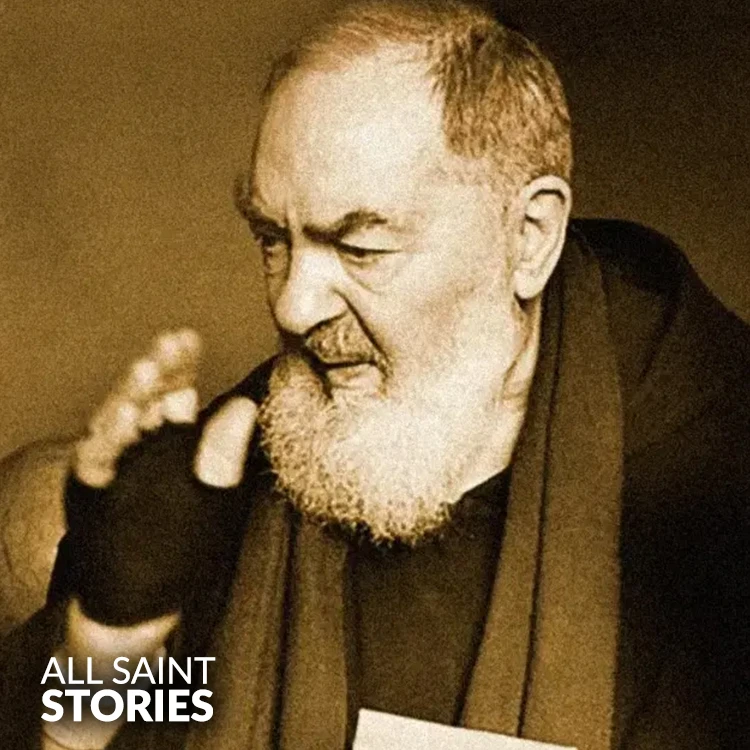
St. Padre Pio was an Italian priest and Capuchin friar who became widely known for his deep spirituality, miraculous healings, and the stigmata that he bore for much of his life. He devoted himself to prayer, penance, and service, drawing countless people to the confessional. He was canonized in 2002 by Pope John Paul II and remains a beloved figure in the Catholic Church.
St. Padre Pio, born Francesco Forgione on May 25, 1887, in Pietrelcina, Italy, is one of the most venerated saints of the 20th century. Raised in a devout Catholic family, he entered the Capuchin Friars at age 15, taking the name Pio in honor of Pope Pius I. From early in his religious life, he was marked by a deep sense of piety, mystical experiences, and physical ailments that mirrored the sufferings of Christ.
Padre Pio was ordained a priest in 1910. Shortly after, he began experiencing extraordinary phenomena: bilocation, prophetic insights, and miraculous healings attributed to his prayers. In 1918, he received the stigmata—the visible wounds of Christ—in his hands, feet, and side. These wounds, which bled and caused him constant pain, remained for fifty years. He tried to hide them, but word quickly spread, drawing the attention of both faithful followers and skeptical Church authorities.
Living in the monastery of San Giovanni Rotondo for most of his life, Padre Pio became known for his intense prayer life, hours of daily confessions, and the spiritual advice he gave to thousands. Pilgrims flocked to him seeking healing, guidance, and solace. He emphasized prayer, particularly the Rosary, and encouraged people to live with humility and trust in God’s mercy.
Despite his popularity, Padre Pio faced scrutiny and restrictions from the Vatican, especially in the 1920s and 1930s, due to the controversy surrounding his stigmata and supernatural gifts. At various times, he was banned from celebrating public Mass or hearing confessions. However, these restrictions were eventually lifted as his sanctity became more widely recognized and Church investigations found no evidence of fraud.
He also established the Casa Sollievo della Sofferenza ("Home for the Relief of Suffering") in 1956—a large hospital in San Giovanni Rotondo that combined modern medicine with Christian compassion and remains one of the top medical centers in Italy today.
Padre Pio died on September 23, 1968, with the words "Jesus, Mary" on his lips. His funeral drew tens of thousands of mourners. In 2002, he was canonized by Pope John Paul II, who had personally met him years earlier and credited Padre Pio with intercessory miracles.
Today, St. Padre Pio is remembered not only for his mystical gifts but also for his profound humility, obedience to the Church, and unwavering faith in suffering. His life was a testimony to the power of prayer, the redemptive value of suffering, and the mystery of God’s presence in the lives of the faithful.
The information on this website is compiled from various trusted sources. While we aim for accuracy, some details may be incomplete or contain discrepancies.
If you notice any errors or have additional information about this saint, please use the form on the left to share your suggestions. Your input helps us improve and maintain reliable content for everyone.
All submissions are reviewed carefully, and your personal details will remain confidential. Thank you for contributing to the accuracy and value of this resource.
Credits & Acknowledgments
- Anudina Visudhar (Malayalam) – Life of Saints for Everyday
by Msgr. Thomas Moothedan, M.A., D.D. - Saint Companions for Each Day
by A. J. M. Mausolfe & J. K. Mausolfe - US Catholic (Faith in Real Life) – Informational articles
- Wikipedia – General reference content and images
- Anastpaul.com – Saint images and reflections
- Pravachaka Sabdam (Malayalam) – Saint-related content and insights
We sincerely thank these authors and platforms for their valuable contributions. If we have unintentionally missed any attribution, please notify us, and we will make the correction promptly.
If you have any suggestion about ST. PADRE PIO
Your suggestion will help improve the information about this saint. Your details will not be disclosed anywhere.
© 2025 Copyright @ www.allsaintstories.com

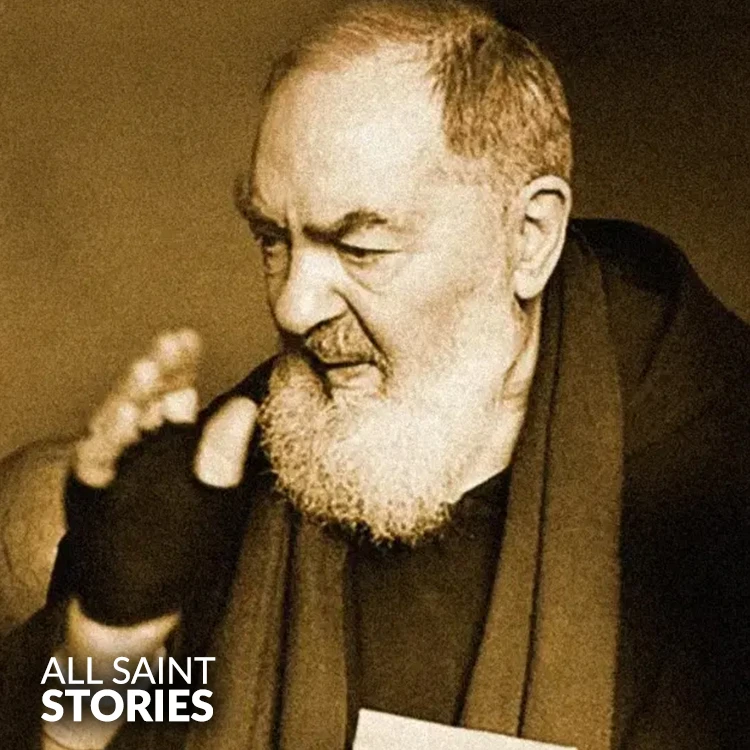
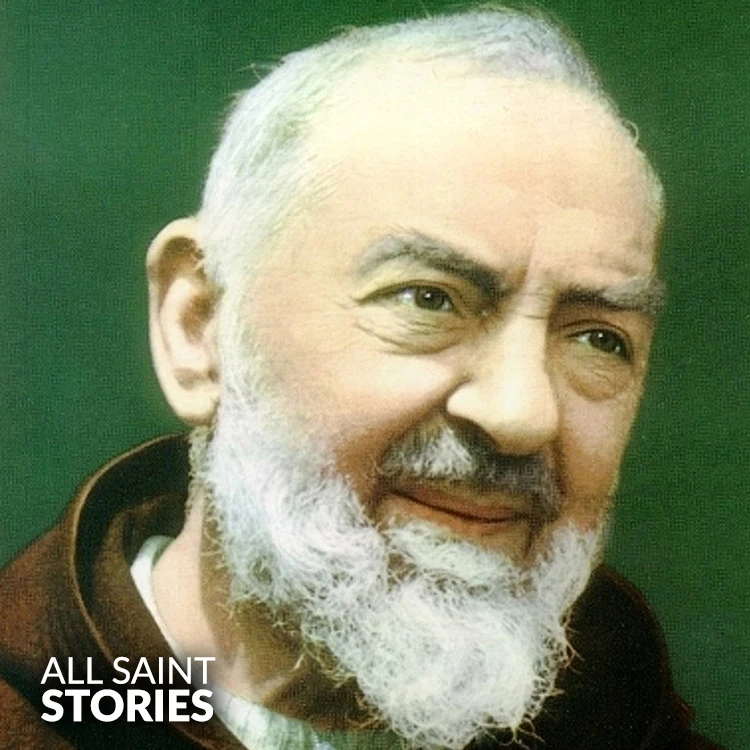
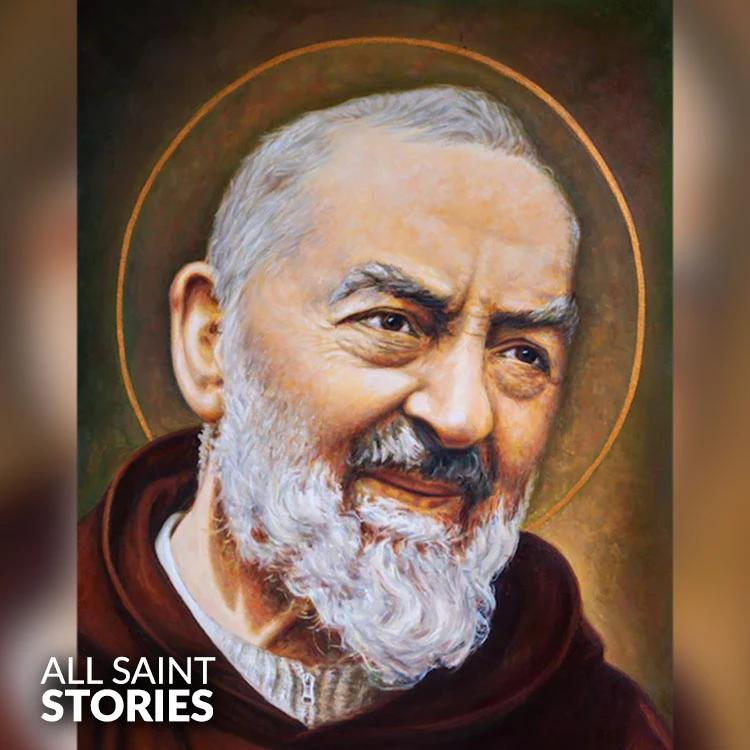
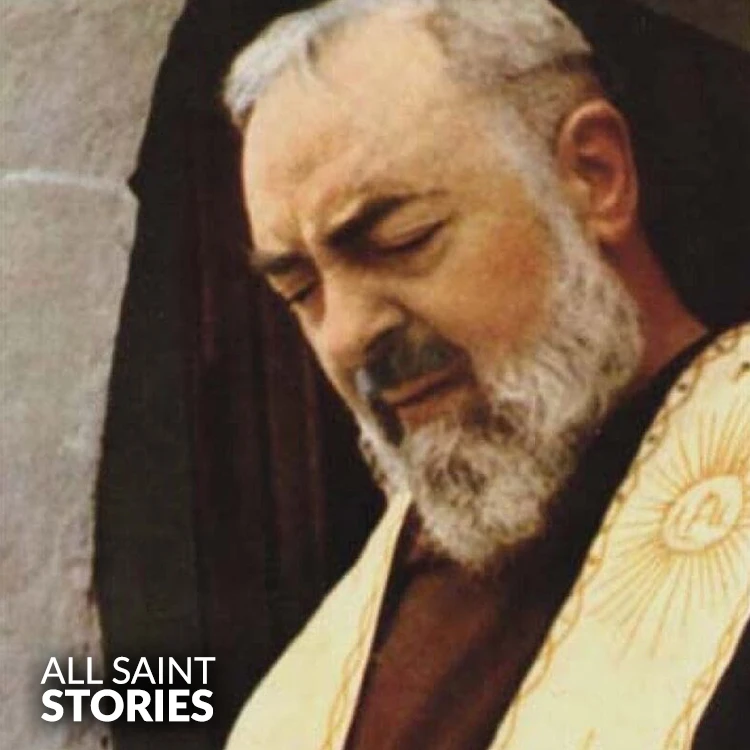
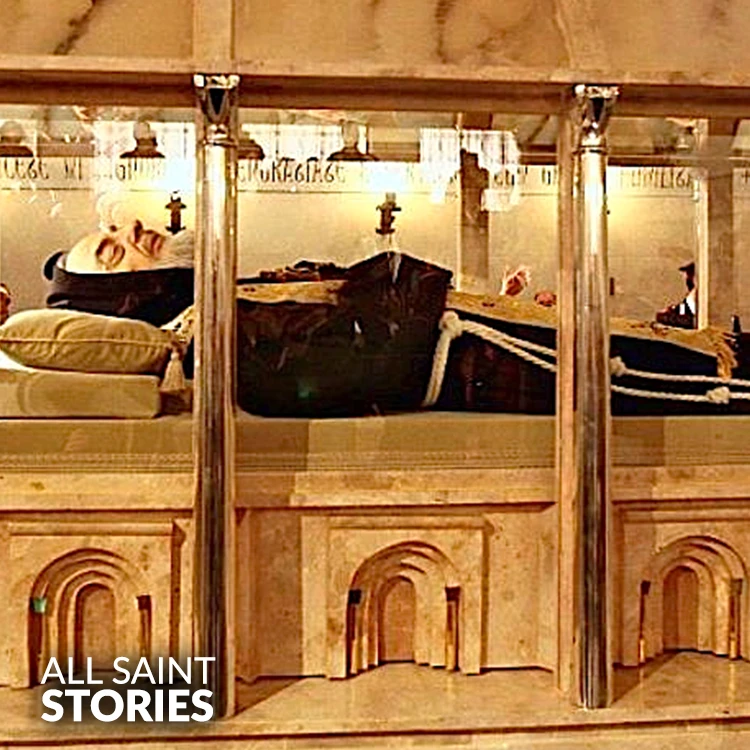
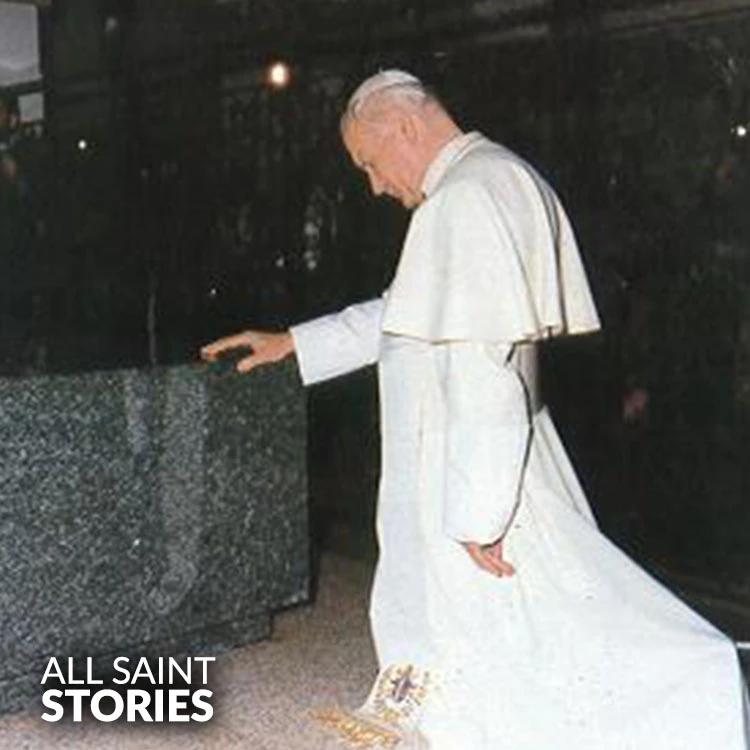
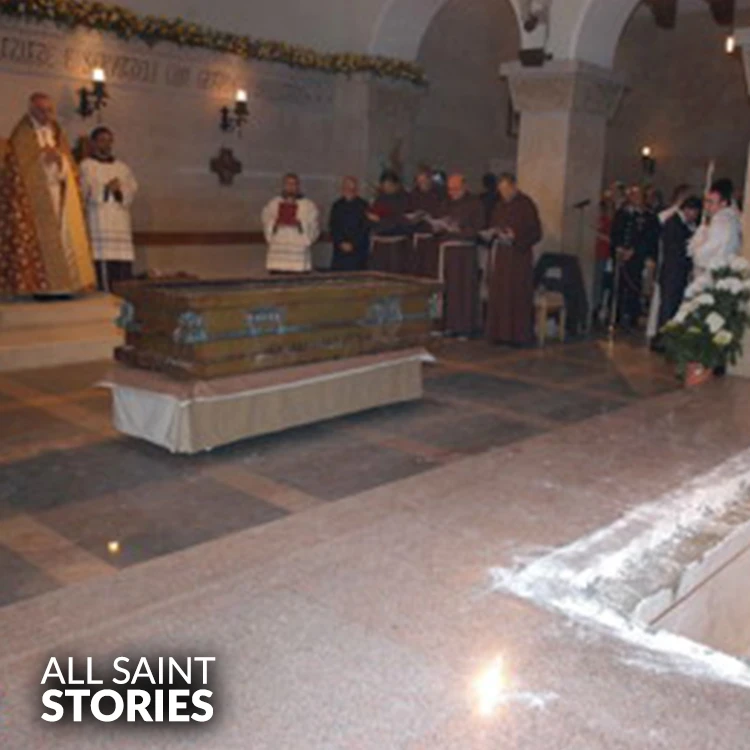
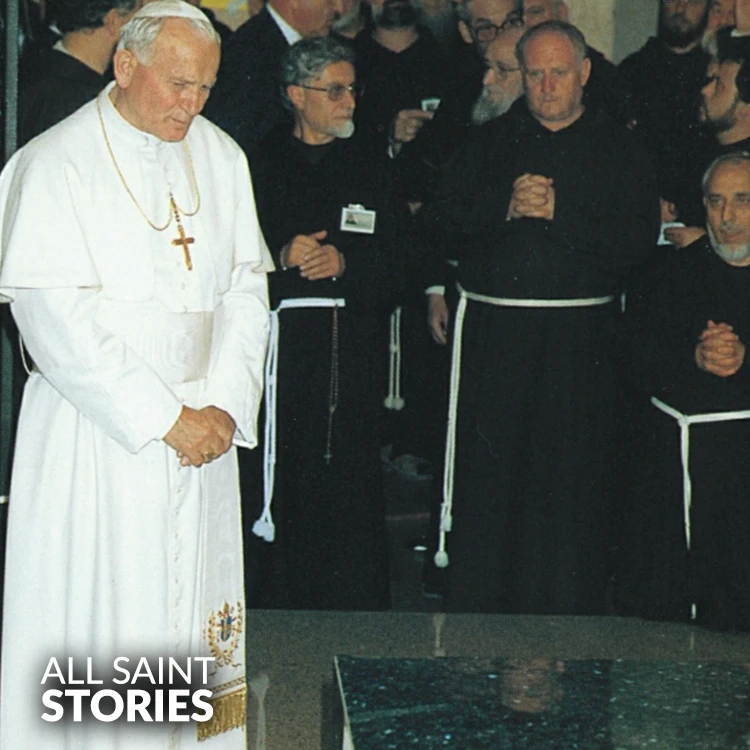
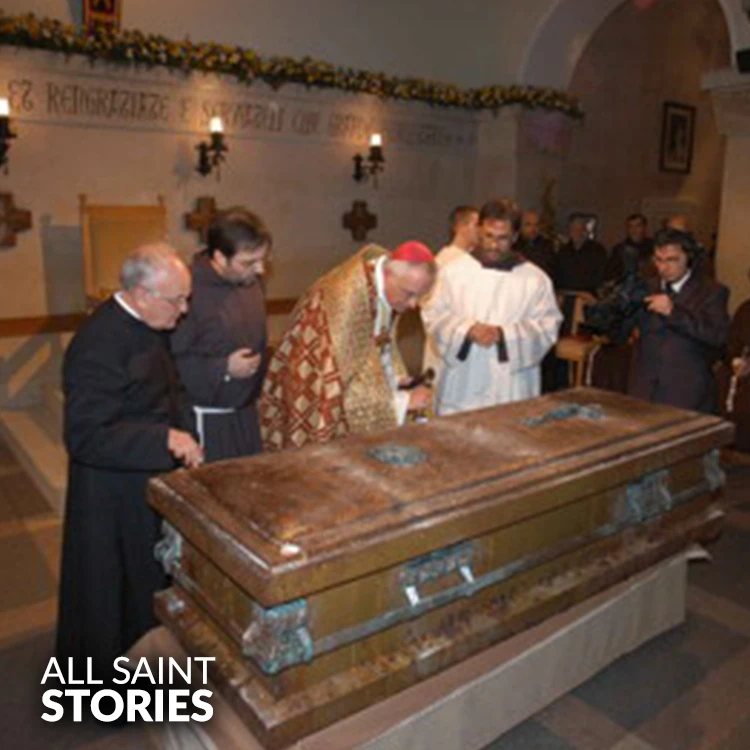
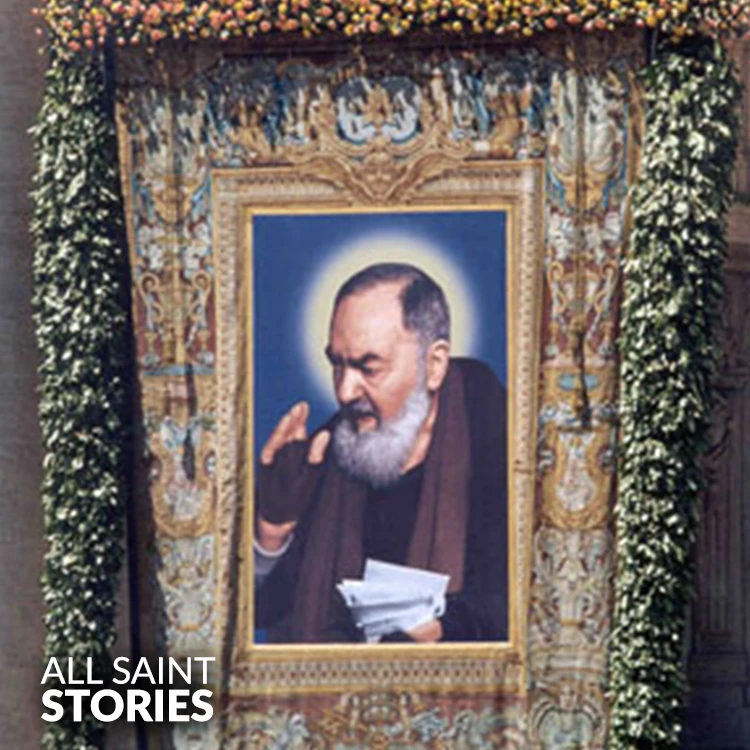
 English
English
 Italian
Italian
 French
French
 Spanish
Spanish
 Malayalam
Malayalam
 Russian
Russian
 Korean
Korean
 Sinhala
Sinhala
 Japanese
Japanese
 Arabic
Arabic
 Portuguese
Portuguese
 Bantu
Bantu
 Greek
Greek
 German
German
 Dutch
Dutch
 Filipino
Filipino